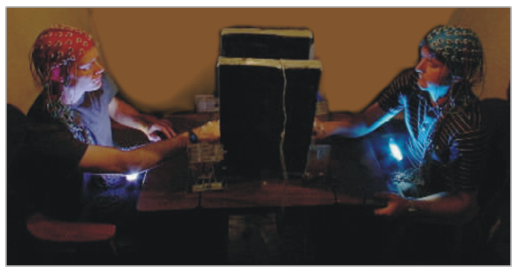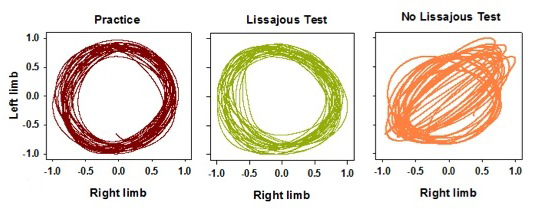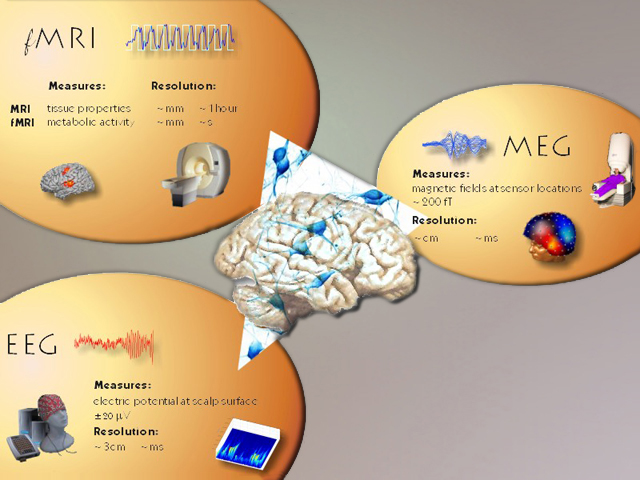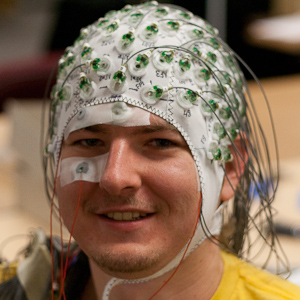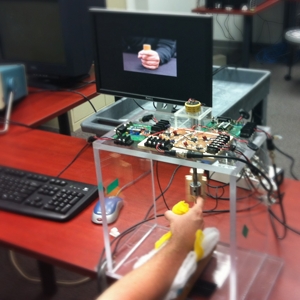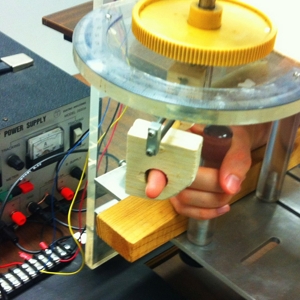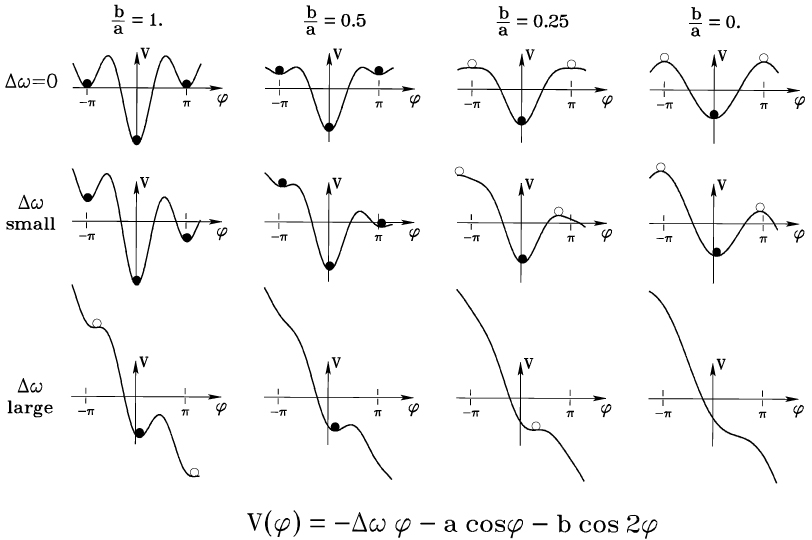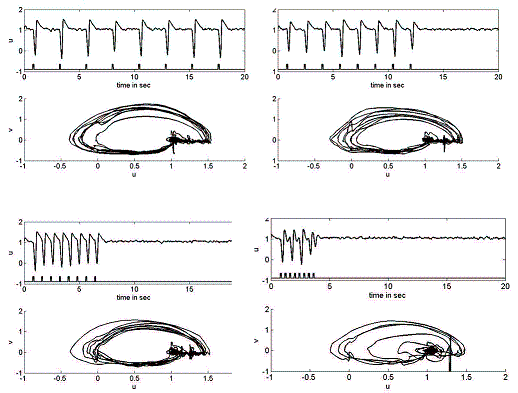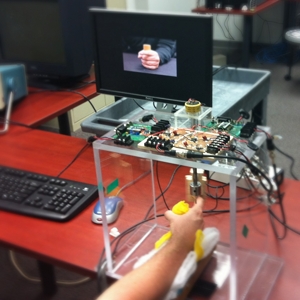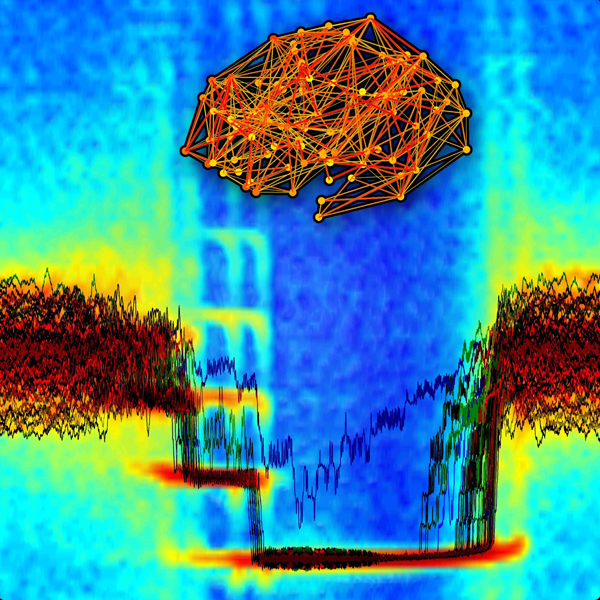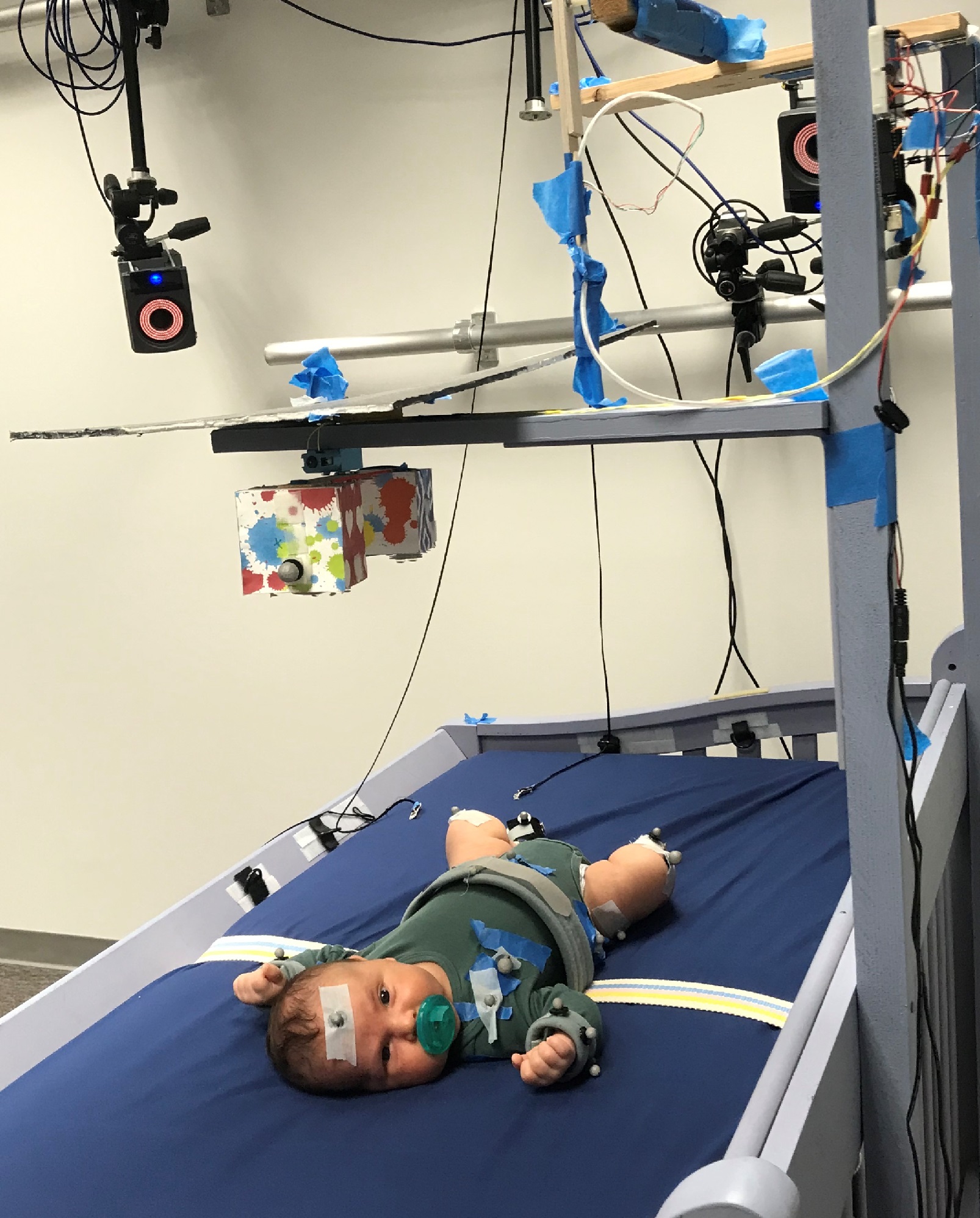Coordination is something we all take for granted – at least until it breaks down under extreme stress (as it does sometimes in competition) or following an insult or disease to the brain, or even when body parts are injured or replaced. So to understand coordination scientifically, we must somehow “make the familiar strange”—akin perhaps to the proverbial falling apple that led to Newton’s great insights about gravity. Coordination is not just physics, even though we may apply physical methods to try to understand it. Nor is it just psychology, even though methods of cognitive science such as reaction time are used to assess how coordination is planned before movements are even initiated. To understand coordination is a very deep problem, maybe as deep as understanding life itself. The reason is that coordination is not just any kind of order in space and time. It concerns how very many component parts and processes on many different levels of an organization relate in an orderly fashion to produce a recognizable function or accomplish some particular task. Coordination may thus be defined as a functional ordering among interacting components in space and time. Coming in many guises, coordination represents one of the most striking features of living organisms. It’s everywhere we look. Whether in the regulatory interactions among genes that affect how cells become organs, the tumbling of a bacterium, the coordinated responses of organisms to constantly varying environmental stimuli, the coordination among nerve cells and muscles that produce basic forms of locomotion, the coordination among cell assemblies of the brain that underlies our ability to think, decide, remember and act, the miraculous coordination between the lungs, larynx, lips and tongue that belies a child’s first word, the learned coordination among fingers and brain that allows the skilled pianist to play a concerto, the coordination of motion and emotion when making a key play in sport settings when the game is on the line, the coordination between people—like rowers in a racing eight and players in a rugby team–working together to achieve a common goal. From the micro- to the macro, from genes and cells to brains, people and society everything involves coordination.
Although the details of coordination are bound to be different at different levels of biological organization, for different organisms and for different functions, might there also be some basic principles of coordination that transcend these differences? The behavioral physiologist, Erich von Holst certainly thought this was so. In his essay “On the Nature of Order in the Central Nervous System” (1937) von Holst surveyed the wide occurrence of three basic kinds of coordination in the neural and rhythmic activities of animals, from respiration to voluntary movements, from worms to human beings. One he called absolute coordination, a long-recognized form in which component parts operate with the same frequency and with specific reciprocal phase relationships, just like a marching band or people clapping after a performance. Another, extremely rare form that von Holst didn’t give a name to, concerning the complete lack of interaction between component parts as in the locomotion of centipedes and millipedes in whom a certain number of (middle) legs had been amputated (no reference to the game of cricket intended!). Persistent practice, von Holst thought, as in playing the piano or the violin could also lead to complete independence among the fingers of the two hands. The third, possibly most important basic form, von Holst termed relative coordination. Here the activities of the individual component parts are neither completely independent of each other nor linked in a fixed mutual relationship. For example, the fins of a fish may not always oscillate at the same frequency and can flexibly slip in and out of preferred phase relationships as internal and surrounding conditions change. Relative coordination provides a glimpse of the tensions between two opposing tendencies that are present in all forms of complex coordination, the tendency of the components to keep separate (segregation) and the tendency to cooperate together (integration). Back in the days when chain reflexes were thought to govern coordinated behavior, the phenomenon of relative coordination hinted at the importance of intrinsic pattern generating processes in the central nervous system. Since these early days, great strides have been made in identifying the cellular mechanisms involved in neuronal circuits underlying the generation of rhythmic patterns of coordination. Moreover, in the last 30 years or so, a theoretical framework called Coordination Dynamics has emerged to explain all of von Holst’s basic coordination types, mixtures among them and more generally how coordination emerges, adapts, persists and changes in complex biological systems. Principles of coordination dynamics have been shown to govern patterns of coordination (a) within a moving limb and between moving limbs; (b) between the articulators during speech production; (c) between limb movements and tactile, visual and auditory stimuli; (d) between people interacting with each other spontaneously or intentionally; (e) between humans and avatars; (f) between humans and other species, as in riding a horse; and (g) within and between the neural substrates that underlie the coordinated behavior of human beings as observed using modern brain imaging methods.
Some of the key concepts that are allowing a deeper understanding of coordination are self-organization, collective variables, degeneracy, synergy, informational coupling, and intrinsic dynamics. Self-organization refers to the fact that patterns of coordinated behavior can arise solely as a result of the dynamics of the system, with no homunculus-like agent inside telling the parts what to do and when to do it. The ‘self’ in the word comes from the fact that the system organizes itself. What is important is setting up the conditions for such self-organized pattern formation to occur. The latter is defined, not in terms of the many individual parts or degrees of freedom, but rather in terms of collective variables that arise as a result of the many interactions that are going on. Collective variables are low dimensional, hence simpler descriptions of a complex system. They are meaningful quantities for the system’s proper functioning. Collective variables are important to identify because they span different domains, such as sensory and motor, brain and body, perception and action, etc. which are usually defined as separate. Collective variables thus refer to the coupling between different things and processes. Degeneracy is an important concept in biology and means that at every conceivable level of description, the same outcome or function can be achieved in many ways using different components and different combinations among them. Thus, for example, in coordinated movements such as reaching for a cup, many different neural pathways and muscular configurations can combine to achieve the same goal. The mechanism that Nature seems to use to handle degeneracy is that it synergizes. Synergies are context-sensitive functional groupings of elements that are temporarily assembled to act as a single coherent unit. Depending on the context, synergies may accomplish different coordinative functions using some of the same components (e.g., the jaw, tongue, and teeth to speak and chew) and the same function using different components (e.g. ‘hand’ writing with a pen attached to the big toe). The hallmark of synergy is that during the course of ordinary function a perturbation to any part of the synergy is immediately compensated for by remotely linked parts in such a way as to accomplish a task or preserve functional integrity. Synergies are important because they are the functional units of coordination at all levels of biological organization. A nice example is the so-called “coxless” pair in rowing where each oarsman has a single opposing oar. The boat can only go straight across the river if each rower pulls his own weight. If one slack off, the boat will go in circles and the joint goal of the pair will not be accomplished. This kind of cooperative, mutually beneficial interdependency among the interacting parts of a coupled system to achieve a common objective is ubiquitous in nature. It is a signature of functional synergy. Relatedly, the coordination between different things (e.g. parts of the body, regions of the brain) and between different kinds of things (e.g. the organism and the environment, two people, and so forth) depends on information exchange, usually bidirectional in nature (“I talk to you, you talk to me”). Interacting components and features can thus be coupled by material forces, by light, by sound, by touch, by smell, and by intention to accomplish an objective. Such meaningful information transcends the medium through which the parts communicate; it is context-specific to the particular form that coordination takes in different task settings. In the coordinated systems of life and movement, the component parts and processes are seldom coupled purely mechanically; they are informationally coupled. Information is not lying out there as mere data, coded in some symbolic form: information is meaningful to the extent that it modifies, and is modified by the intrinsic, self-organizing dynamics.
This brings us to the important question of how new patterns of coordination are learned. Much evidence now indicates that this depends on the predispositions and capabilities of the individual learner before learning begins. This is sometimes quite difficult for scientists to quantify. Nevertheless, such predispositions constitute the learner’s behavioral repertoire at a given point in time: the learner’s intrinsic dynamics. As an inspiring coach or teacher knows, the great benefit of identifying the learner’s intrinsic dynamics is that one knows what to modify. Any new information (say a task to be learned, an intention to change behavior) has to be expressed in terms of the learner’s intrinsic dynamics, otherwise, change is not possible. Indeed, the mechanisms through which coordination changes and the nature of the change with learning itself depend crucially on the initial individual repertoire before new learning begins. In this view of coordination, information is not really information unless it modifies the intrinsic dynamics. Likewise, intrinsic dynamics is only intrinsic dynamics to the extent that it is modifiable by information.
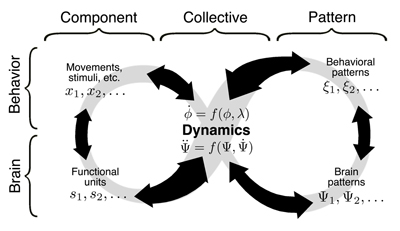

Key concepts:
–
Coordination Dynamics
:
Coordination Dynamics, defined broadly as the science of coordination, describes, explains and predicts how patterns of coordination form, adapt, persist and change in living things. In coordination dynamics the parts communicate via mutual information exchange and information is meaningful and specific to the forms coordination takes. Coordination dynamics embraces both spontaneous self-organizing tendencies and the need to guide or direct them in specific ways in a single conceptual framework. Life, brain, mind, and behavior are hypothesized to be linked by virtue of sharing a common underlying coordination dynamics.
–
Synergies:
Synergies (aka coordinative structures) are functional groupings of structural elements (e. g. neurons, muscles, joints) that are temporarily constrained to act as a single coherent unit. They arise in many contexts on many levels of biological organization, from the genetic to the social. Synergies are the key to understanding biological coordination and as such are the significant units of coordination dynamics. The synergy hypothesis is a hypothesis about how Nature handles biological complexity.
–
Self-organization
The ‘self’ in the word self-organization refers to the ability of an open system that exchanges matter, energy, and information with the environment, to organize itself. Spontaneous patterns arise solely as a result of the dynamics of the system with no specific ordering influence imposed from the outside and no homunculus-like agent inside. Nonequilibrium phase transitions are the hallmark of self-organization in living things.
–
Collective Variables
Collective variables (aka order parameters in physics or coordination variables in coordination dynamics) are relational quantities that are created by the cooperation among the individual parts of a system. Yet they, in turn, govern the behavior of the individual parts. This is sometimes referred to as circular or reciprocal causality. In coordination dynamics, the identification of coordination variables depends on the level of description. What is “macro” at one level may be “meso” or “micro” at another?
–
Control Parameters
Control parameters refer to naturally occurring environmental conditions or intrinsic, endogenous factors that move the system through its repertoire of patterns and cause them to change. Experimentally, you only know for certain you have identified a control parameter if, when varied, it causes the system’s behavior to change qualitatively or discontinuously, i. e., to change its functional state.
–
Metastability
Metastability arises due to broken symmetry in the coordination dynamics where the unstable and stable fixed points (phase- and frequency-locked states) have disappeared due to a tangent or saddle-node bifurcations leaving behind only remnants of the fixed points. Metastability is the simultaneous realization of two competing tendencies: the tendency of the components to couple together and the tendency of the components to express their intrinsic independent behavior. Metastability has been hailed as a new principle of organization in complex living systems, including the brain, reconciling apparent contraries such as individual and collective, part and whole, competition and cooperation, integration and segregation, and so forth.


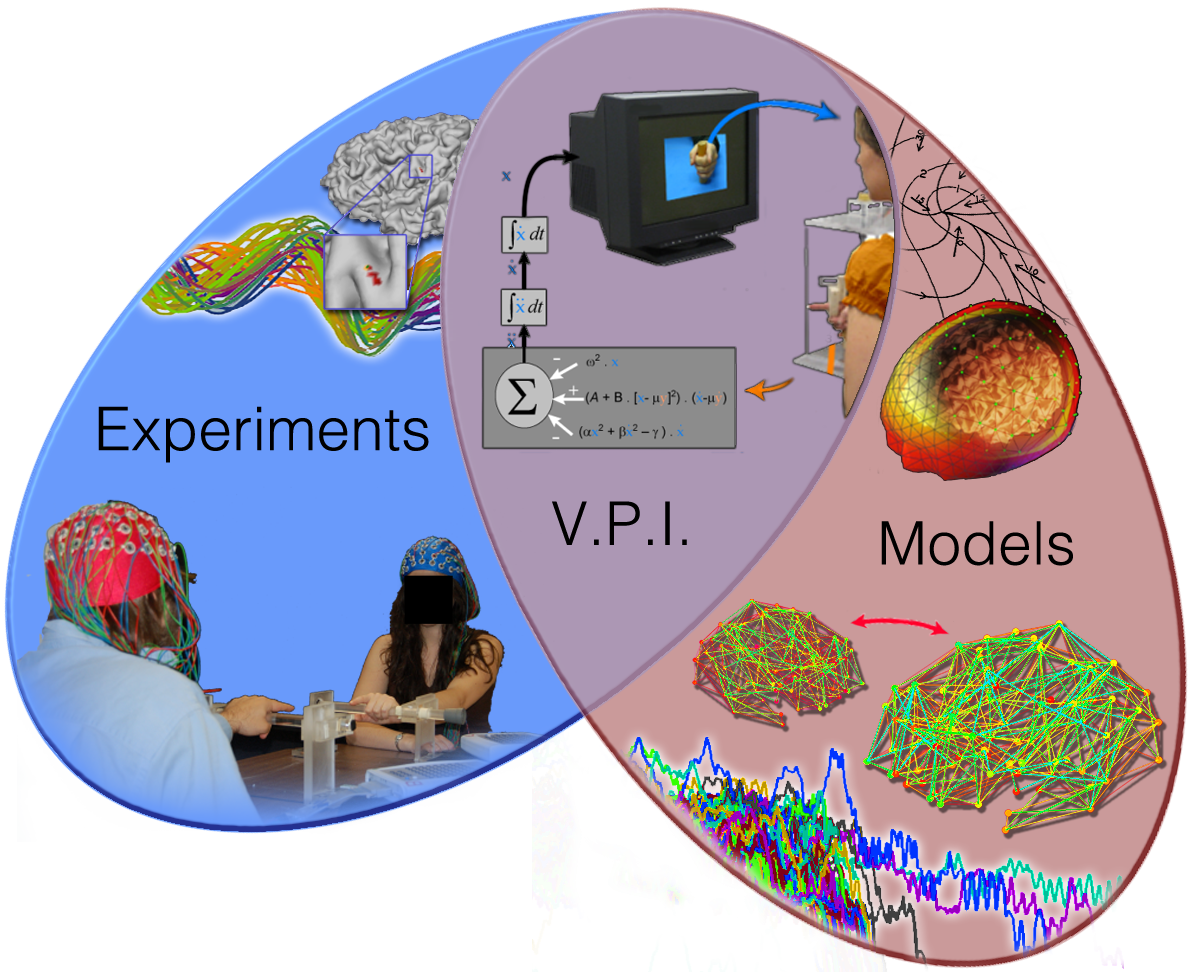
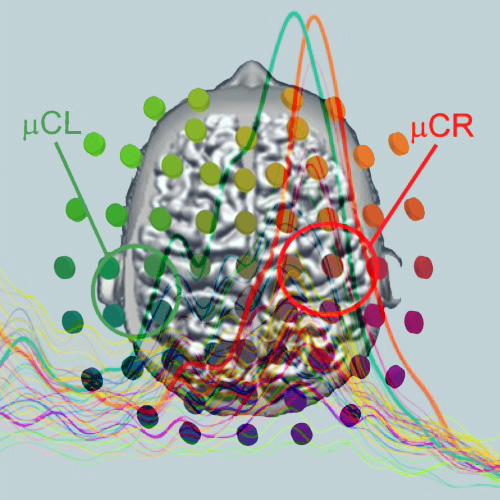 Neural circuits originate spatiotemporal signatures in the EEG called neuromarkers. These neuromarkers are transiently recruited to serve specific functions of the human brain, for instance, spatial and selective attention, somatosensation or motor coordination. This neuromarker approach has already lead to the discovery of a new set of neural oscillations related to social coordination: the two neuro markers phi1 and phi2 (See
Neural circuits originate spatiotemporal signatures in the EEG called neuromarkers. These neuromarkers are transiently recruited to serve specific functions of the human brain, for instance, spatial and selective attention, somatosensation or motor coordination. This neuromarker approach has already lead to the discovery of a new set of neural oscillations related to social coordination: the two neuro markers phi1 and phi2 (See 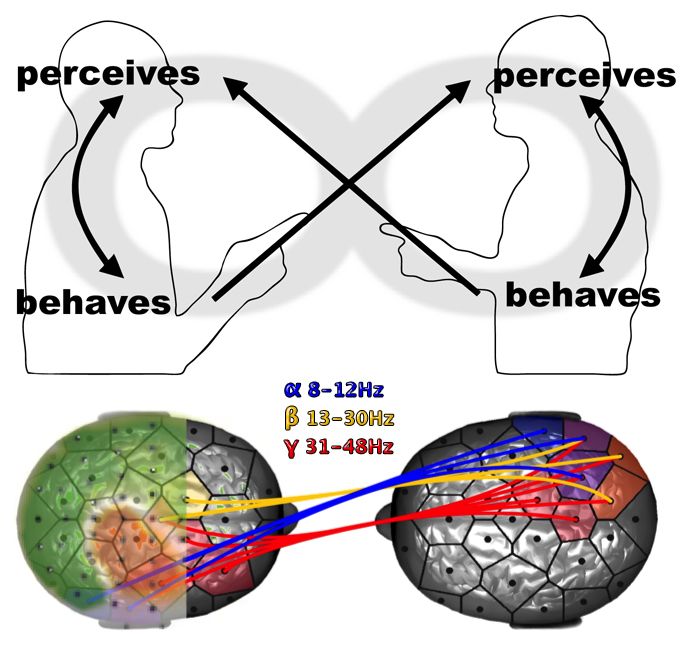 When elements of a system come to interact, their activity ceases to be solely determined by their selves: their behavior also depends on the system’s other elements and their dynamics. How are neural, behavioral and social factors coordinated in real time so as to make possible the emergence of social cognition? Our team has concentrated for years on the elaboration of the ”coordination dynamics” framework in the perspective of understanding these dynamical similarities across neurobiological, behavioral and social levels (
When elements of a system come to interact, their activity ceases to be solely determined by their selves: their behavior also depends on the system’s other elements and their dynamics. How are neural, behavioral and social factors coordinated in real time so as to make possible the emergence of social cognition? Our team has concentrated for years on the elaboration of the ”coordination dynamics” framework in the perspective of understanding these dynamical similarities across neurobiological, behavioral and social levels (